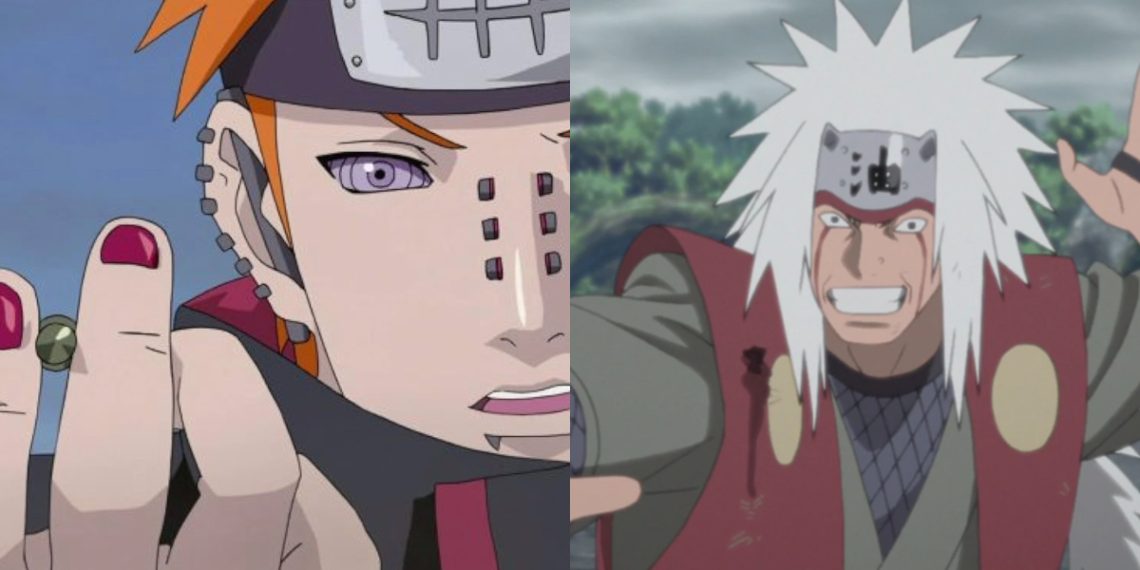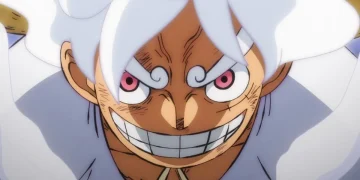Jiraiya’s passing remains a deeply poignant event within the Naruto narrative. He was not only Naruto Uzumaki’s mentor but also a pivotal figure who imparted essential teachings about being a shinobi, including the mastery of the Rasengan technique.
His demise occurred in a fateful confrontation against Pain, who, unbeknownst to Jiraiya, was his former student Nagato.
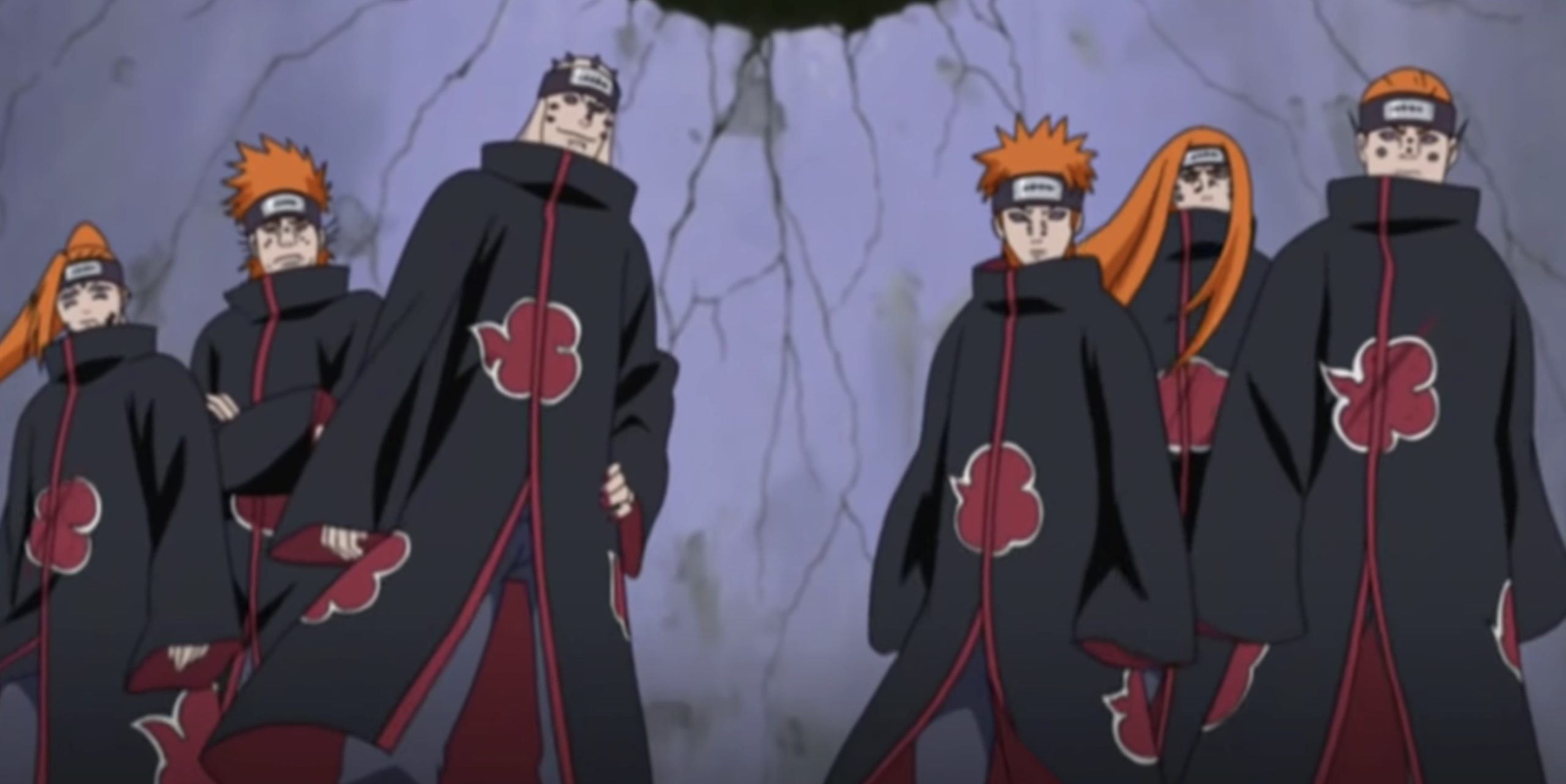
Nagato, disillusioned by the violence and corruption of the shinobi world after the loss of his friend Yahiko, sought to reshape it by force. Deploying his Six Paths of Pain to capture the Nine Tails, Nagato instigated an assault on the Leaf Village.
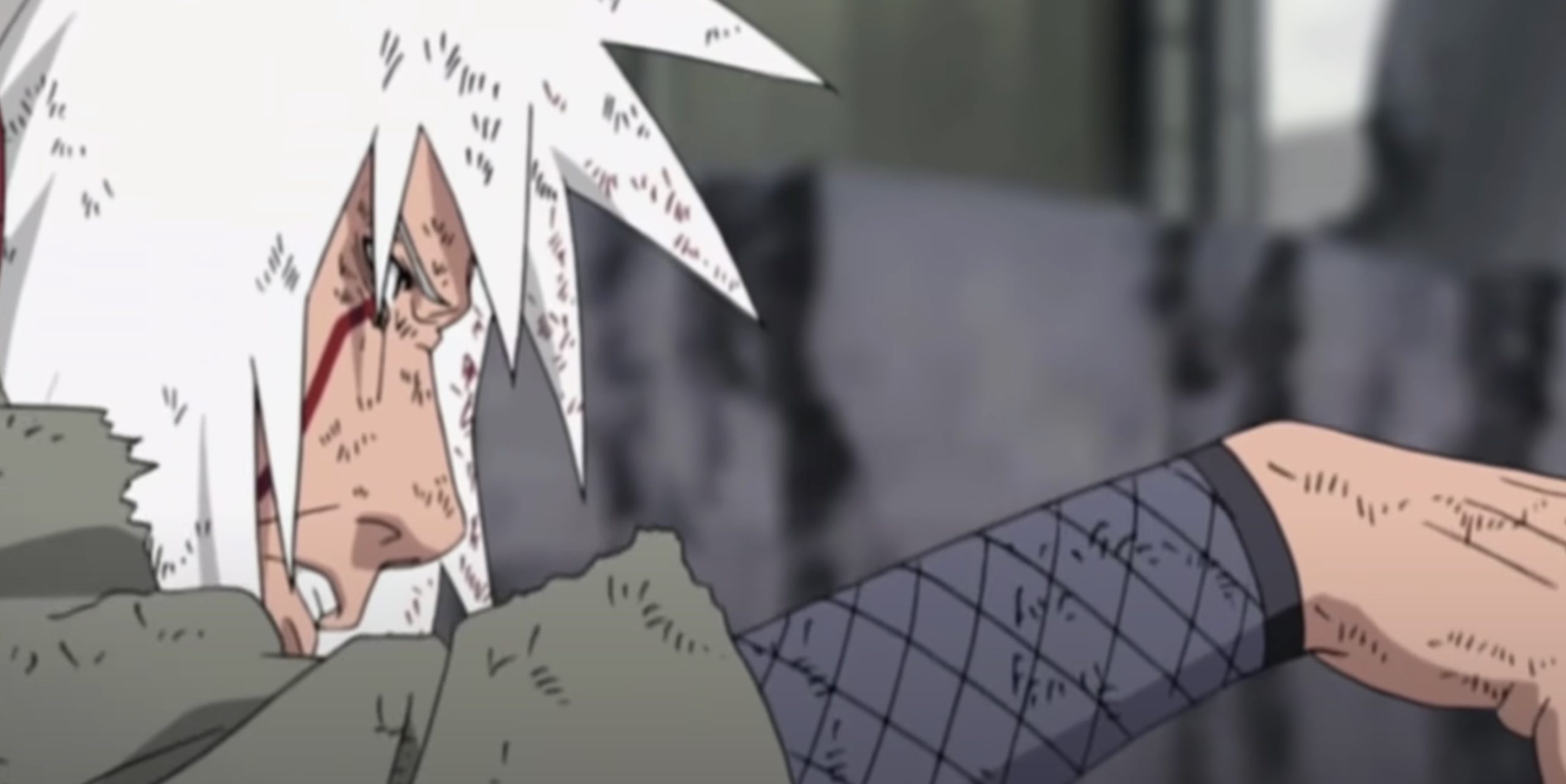
However, Naruto, influenced by Jiraiya’s ideals, refrained from retaliating despite his profound grief. This unexpected restraint deeply impacted Nagato, prompting him to use his formidable powers to revive those fallen in battle.

Despite Nagato’s act of resurrection, Jiraiya remained absent among the revived. His absence served as a poignant reminder of the sacrifices made in the pursuit of peace and the enduring legacy of his teachings within Naruto’s journey.
Nagato’s Tale of Sacrifice and Transformation in the Shinobi World
The Outer Path: Samsara of Heavenly Life Technique, also known as Gedo Rinne Tensei no Jutsu, holds a unique place in the realm of ninjutsu, exclusive to those who wield the Rinnegan. This profound art allows its user to trade their own life to bring back the departed.

Activation of this technique involves summoning the King of Hell, an entity vested with dominion over the cycle of life and death.
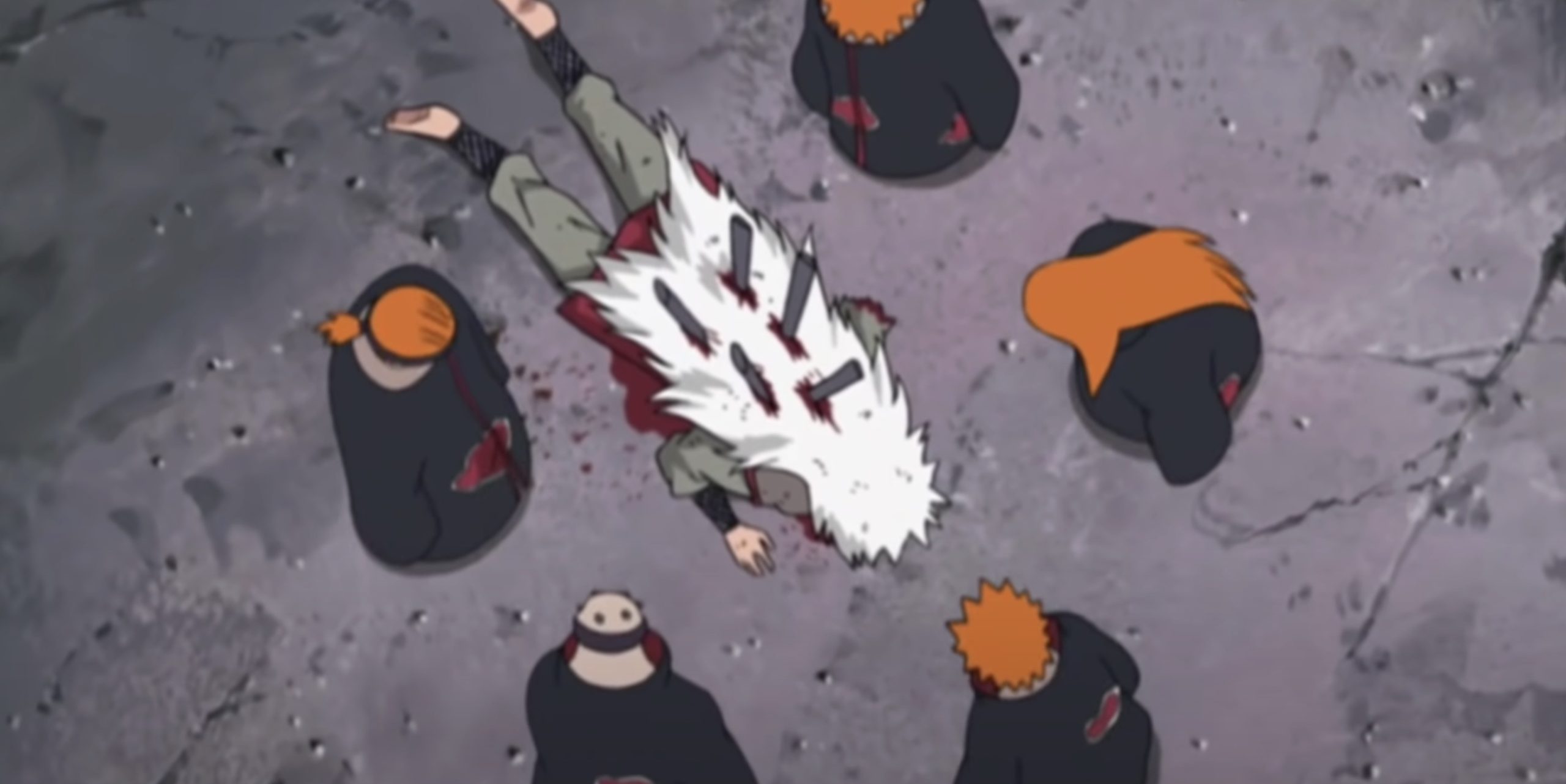
Under the King’s authority, souls are liberated from the afterlife and returned to their earthly vessels, revitalizing them in the process. Throughout the series, this powerful jutsu has been employed sparingly, seen initially with Nagato and later with Obito.
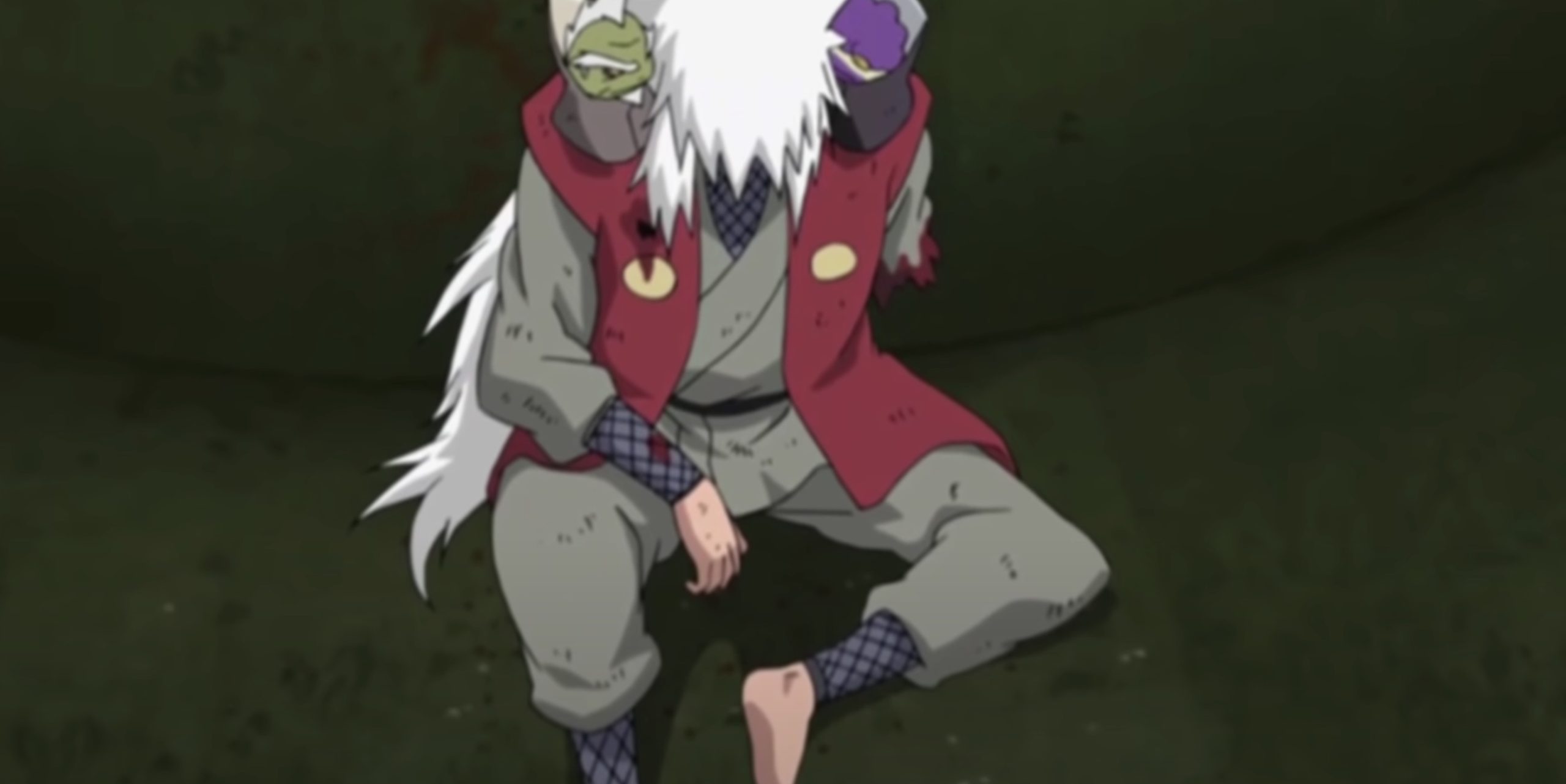
Nagato orchestrated a devastating assault on the Leaf Village by dispatching his formidable Six Paths of Pain, resulting in a harrowing conflict with heavy casualties. Meanwhile, Nagato himself, enfeebled and concealed atop a nearby peak, observed the chaos from afar.
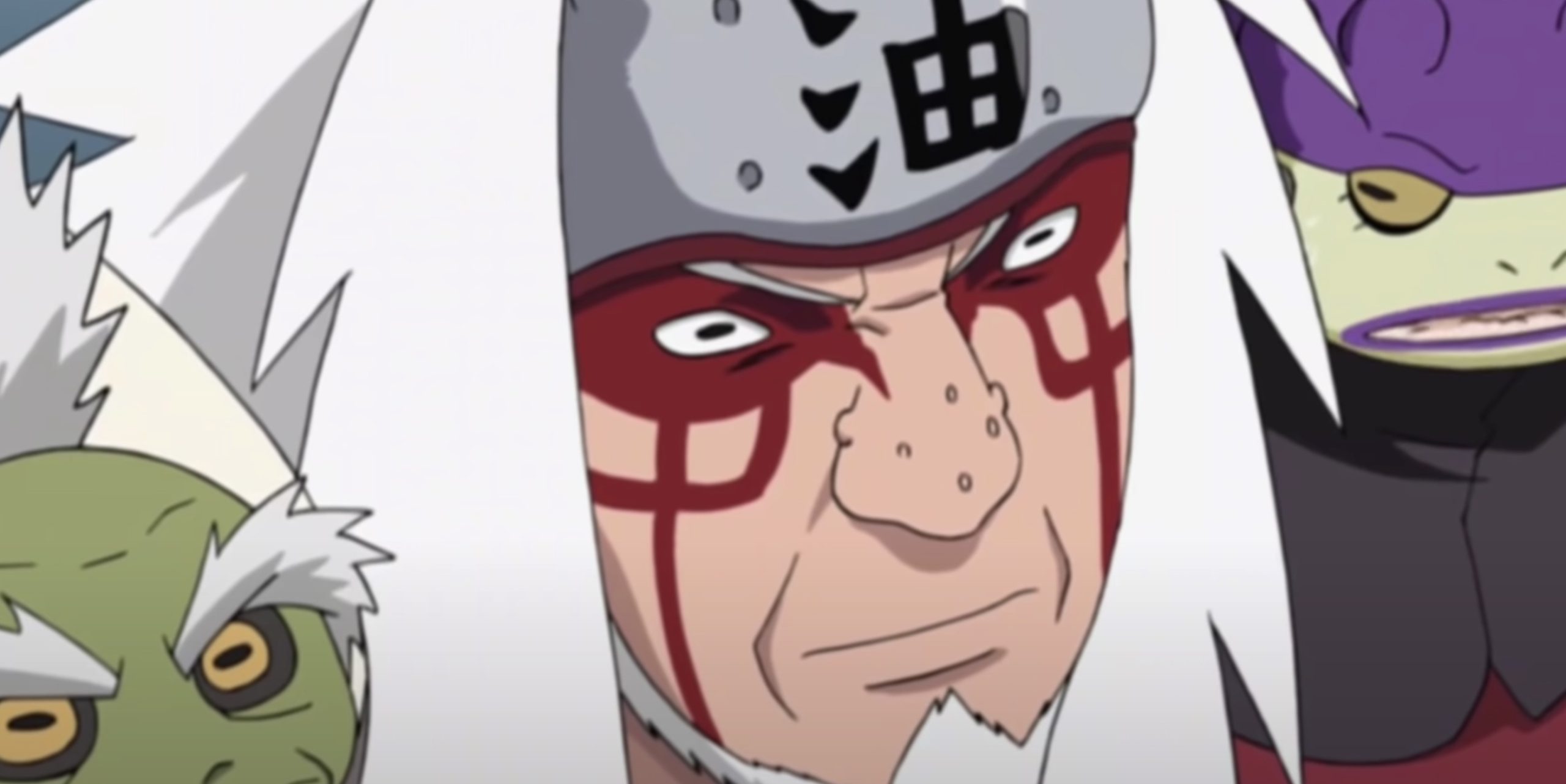
Amidst the chaos, Pain, representing Nagato’s will, subdued Naruto, forcefully driving him into submission.
Through Pain’s voice, Nagato conveyed his conviction that the shinobi world was entrenched in a cycle of hatred, advocating for a radical approach to impose peace through dominance.
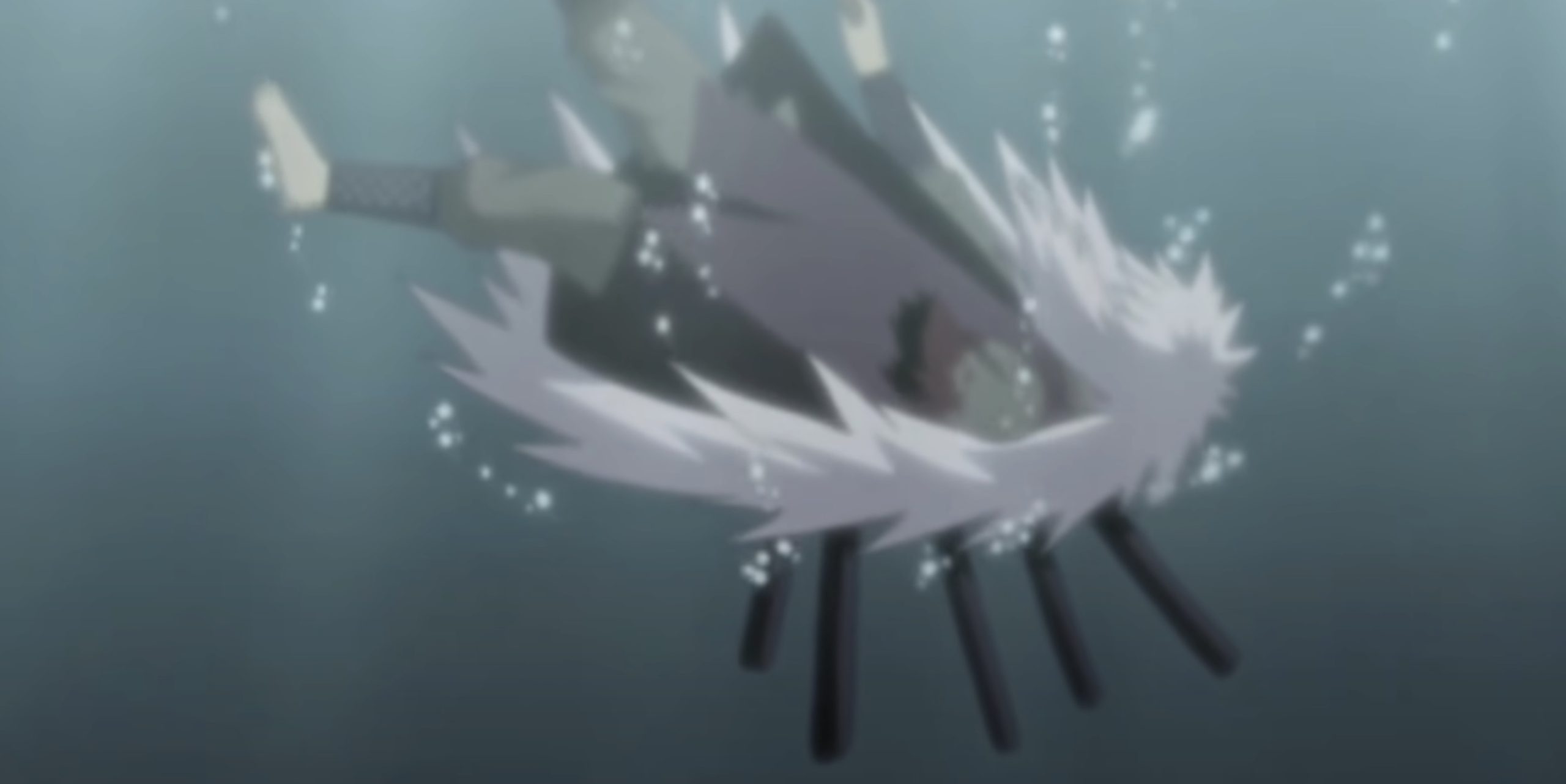
Disheartened by Naruto’s refusal to accept this bleak perspective, Nagato challenged him to propose an alternative path.
Naruto rallied, overcoming Pain’s formidable Deva Path, the pinnacle of his might. Utilizing his unique abilities, Naruto traced the chakra connections to locate Nagato, who awaited his adversary.
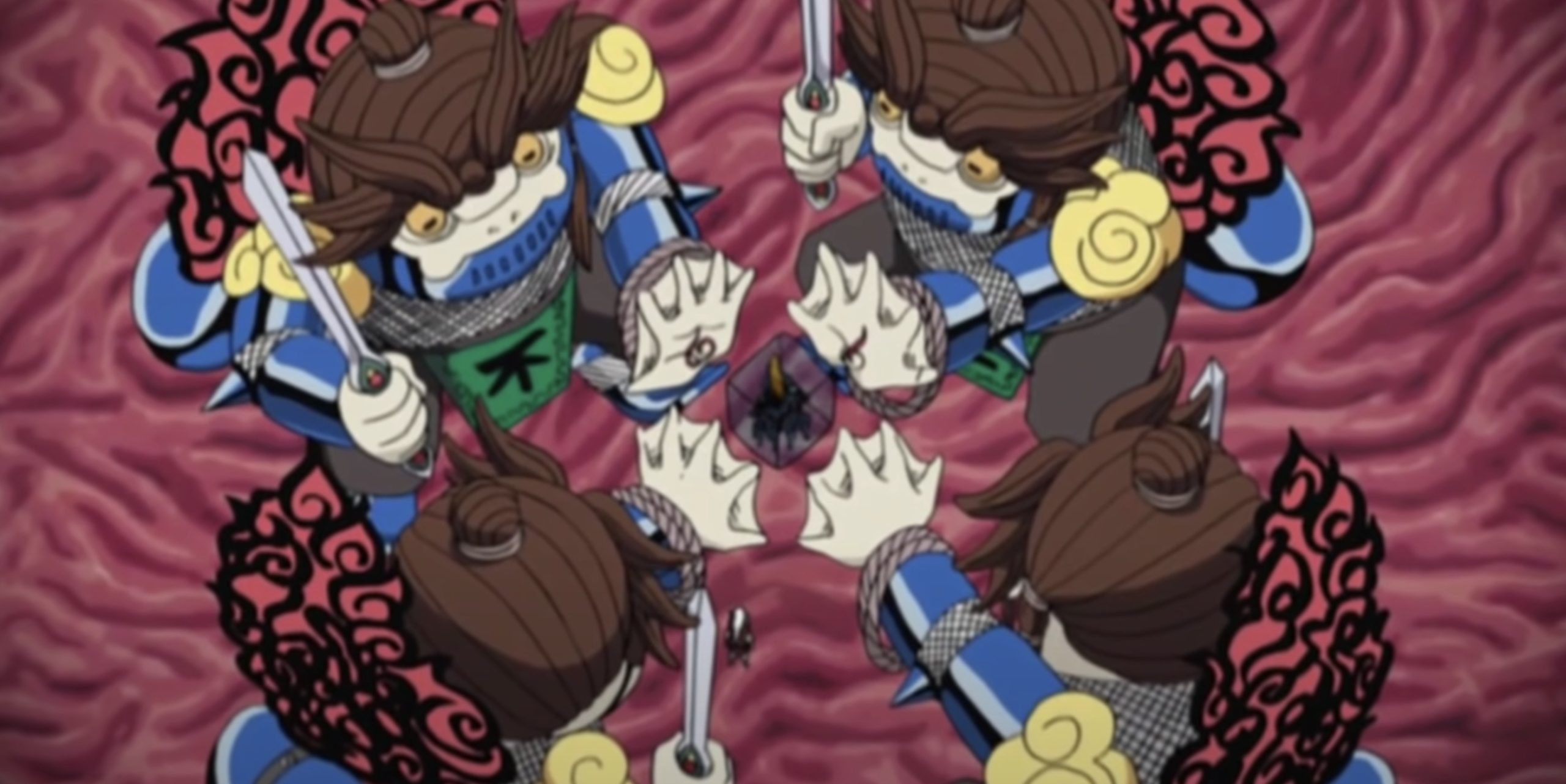
In a pivotal moment, Nagato posed his earlier question to Naruto, prompting the young ninja to first seek understanding before offering a response.
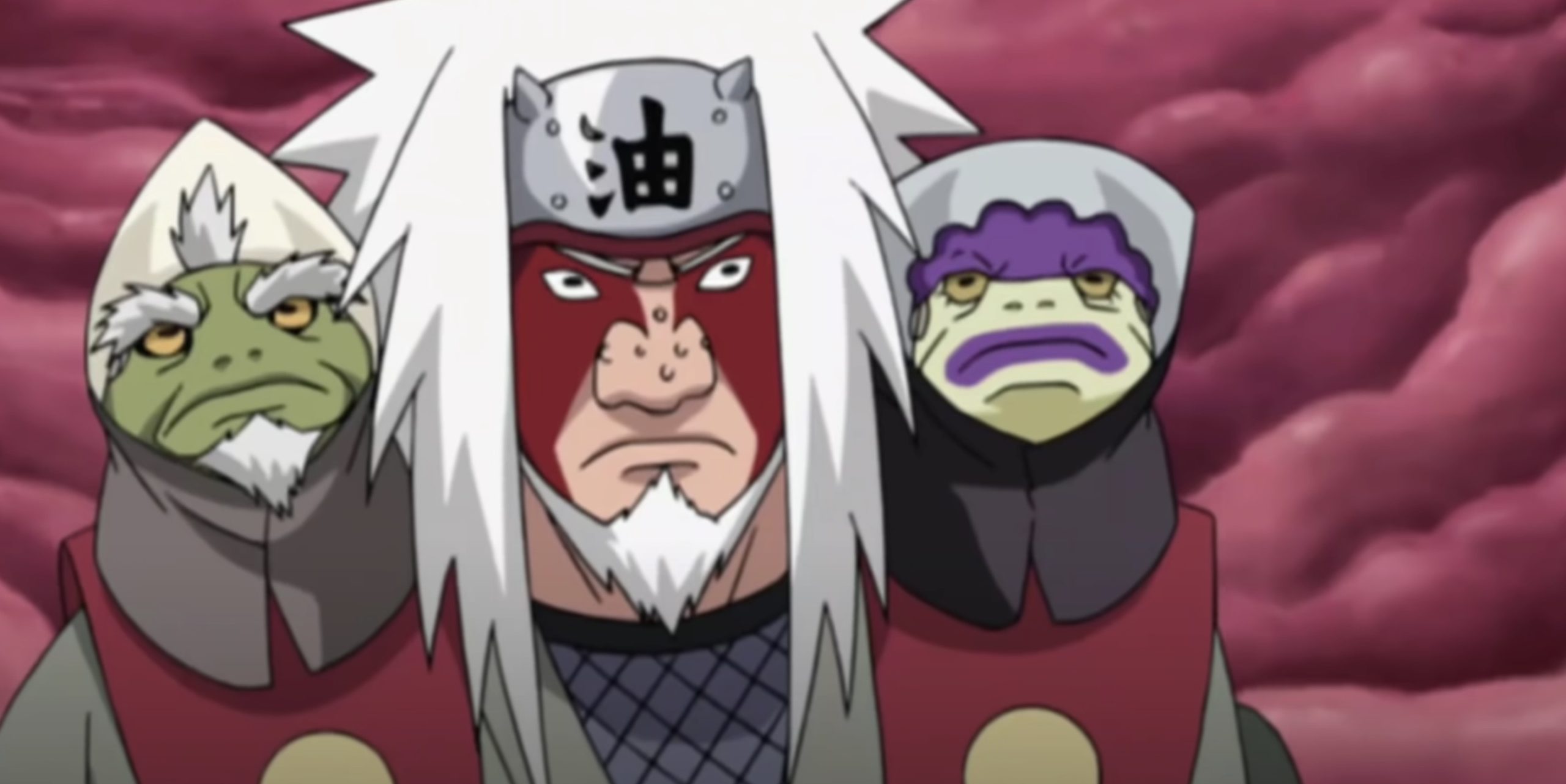
Thus, Nagato shared his life’s narrative with Naruto, elucidating how his past experiences shaped his convictions. While Naruto empathized with Nagato’s journey, he adamantly refuted the notion that peace could only be achieved through coercion.
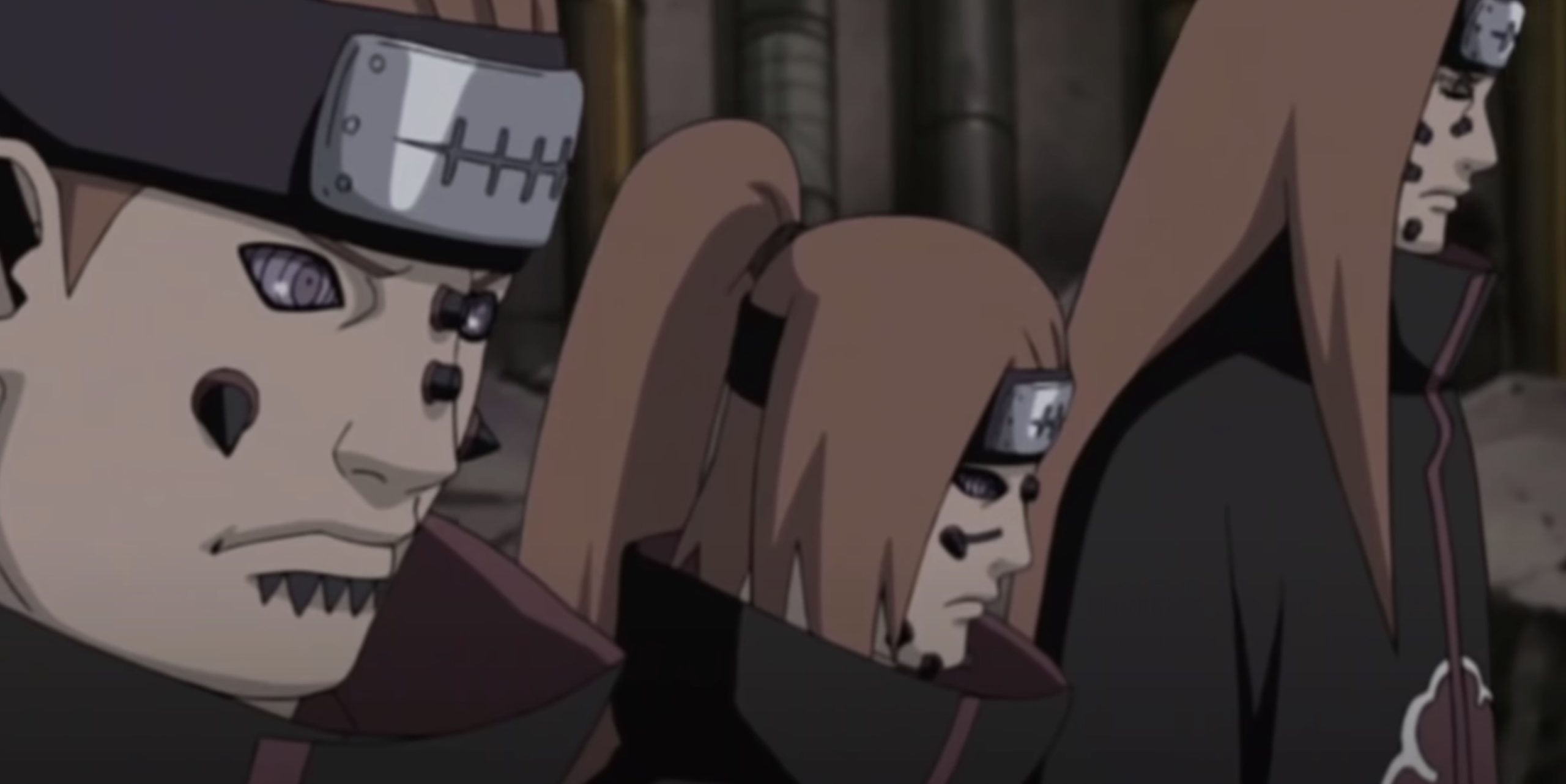
Instead, Naruto advocated for a paradigm shift that targeted the root cause of conflict: the unending cycle of vengeance that plagued the shinobi world.
Despite his righteous indignation towards Nagato’s actions, Naruto staunchly rejected the impulse for retribution. This resolute stance confounded Nagato, prompting him to reconsider his approach. Moved by Naruto’s unwavering commitment to reconciliation, Nagato resolved to take a transformative step forward.
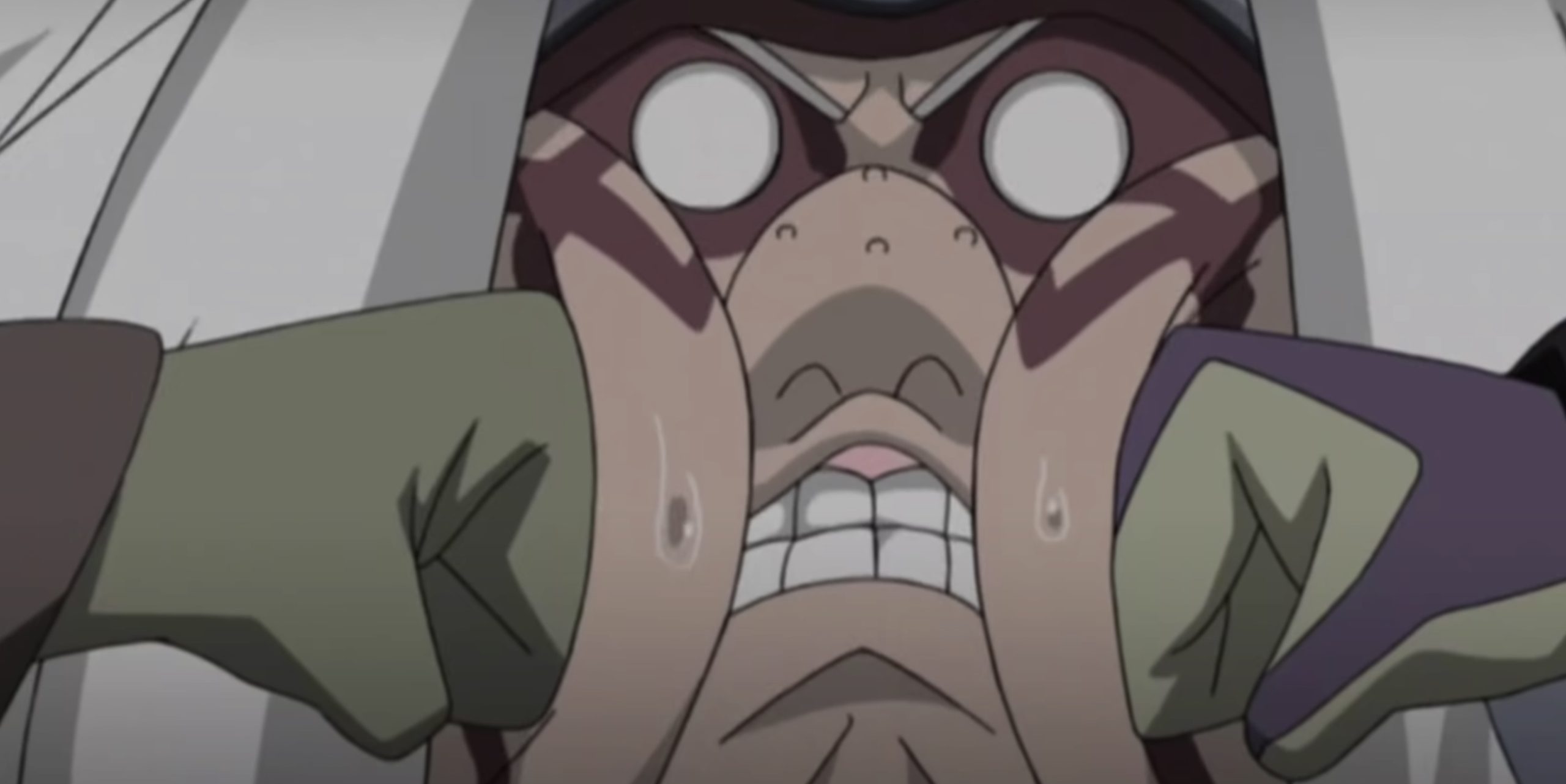
Employing the Samsara of Heavenly Life Technique, Nagato restored all those who had perished during Pain’s assault on the Leaf Village.
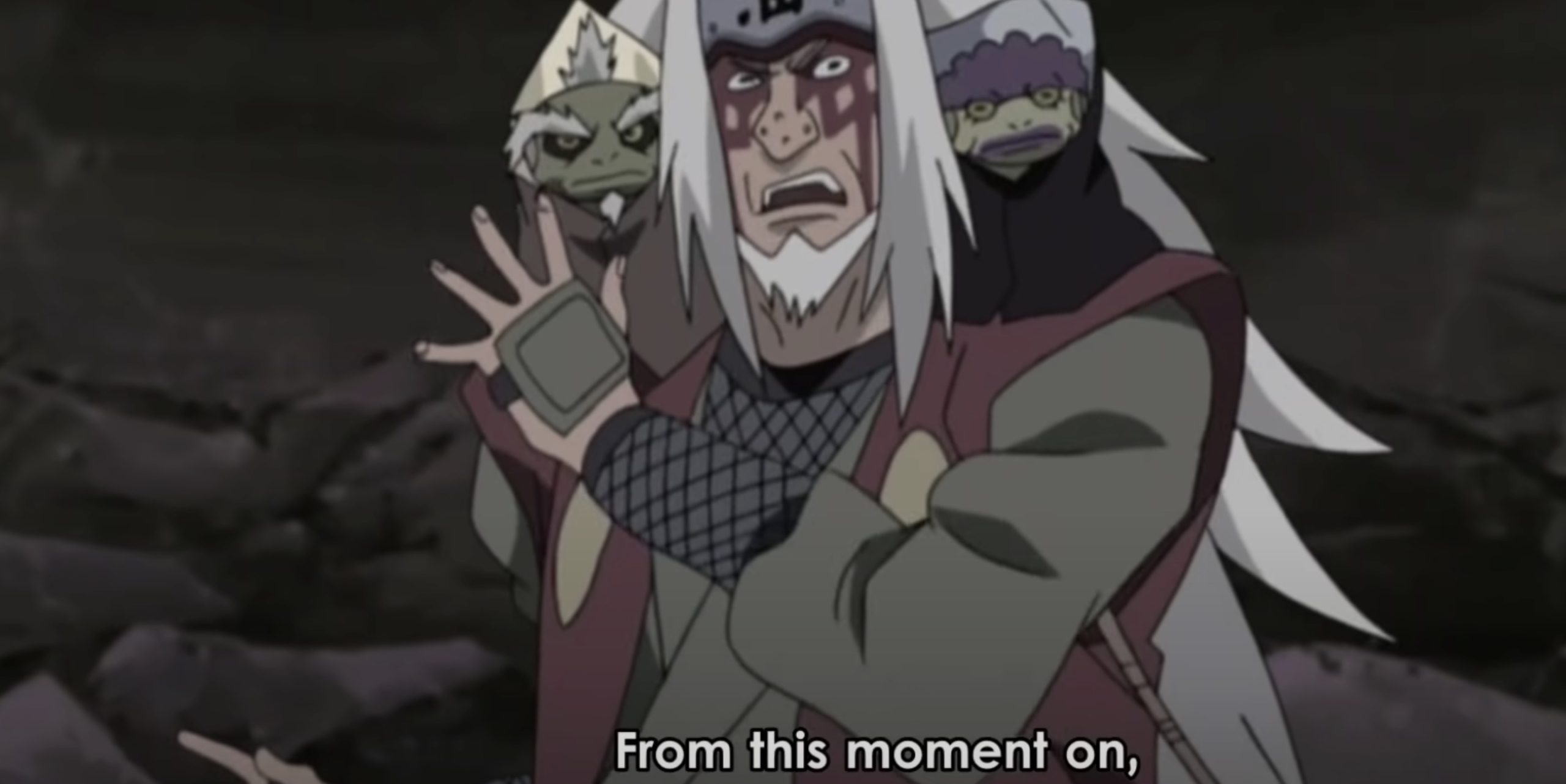
Among the resurrected was Kakashi Hatake, who sacrificed himself to shield Choji, depleting his remaining chakra. As Nagato invoked the powerful jutsu, Kakashi’s soul, having encountered that of his father Sakumo, returned to the mortal realm alongside the others.

Upon completing the technique, Nagato’s life essence waned. With a serene smile, he bid farewell to Naruto, his purpose fulfilled. However, unbeknownst to him, his fate diverged from the intended course devised by Madara, later to be inherited by Obito.
The Enigmatic Mechanics of the Samsara of Heavenly Life Technique
Utilizing the Samsara of Heavenly Life Technique entails a grave consequence—the inevitable demise of the caster. Obito managed to defy this fate only by virtue of Black Zetsu’s symbiotic presence within his body.
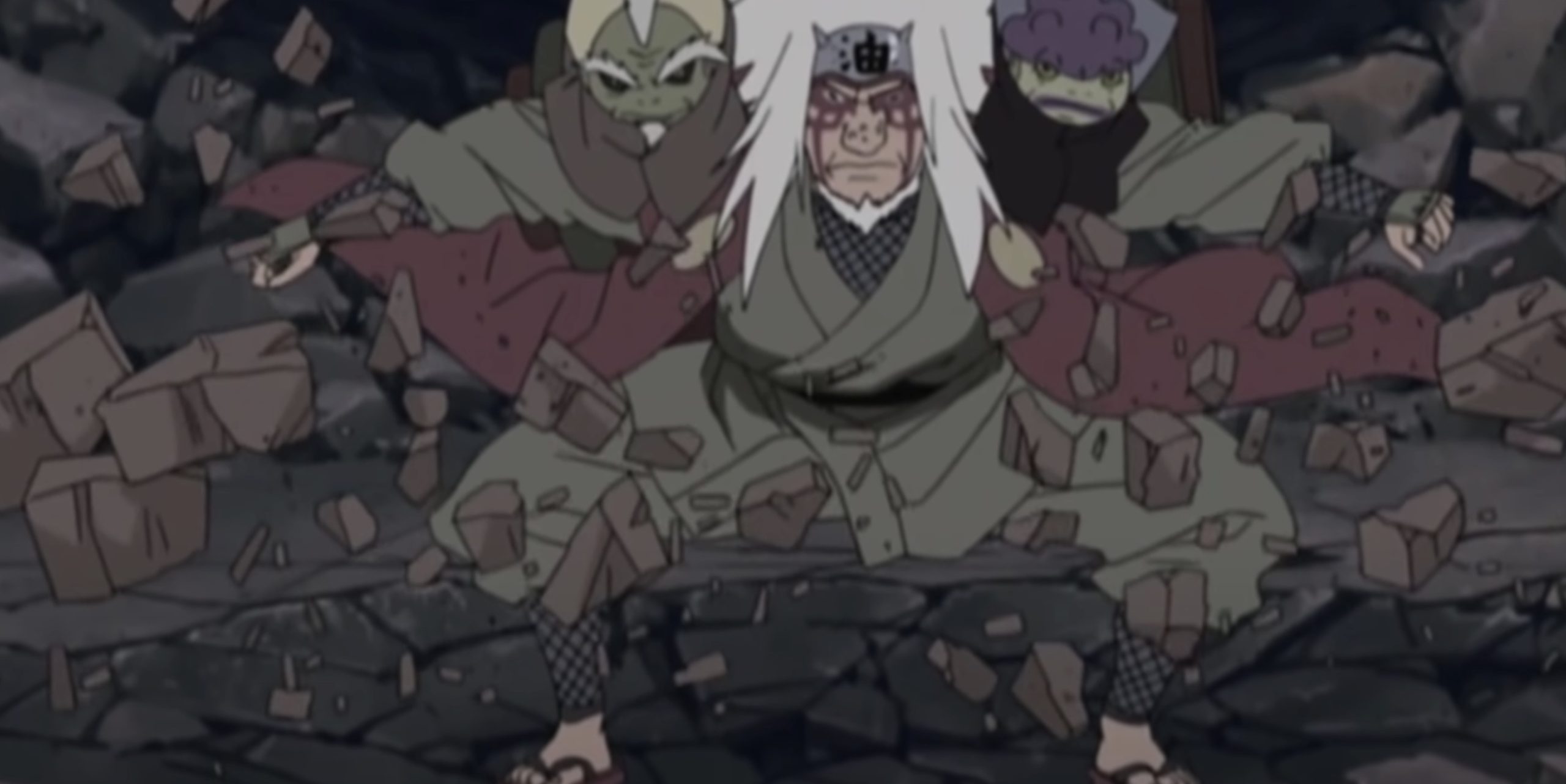
Despite Naruto’s efforts to temporarily stabilize Obito’s life force, it remained apparent that his mortality loomed.
Diverging from the Impure World Reincarnation, which animates corpses with deceased souls, the Samsara of Heavenly Life Technique bestows genuine resurrection, granting individuals corporeal bodies composed of flesh and blood.
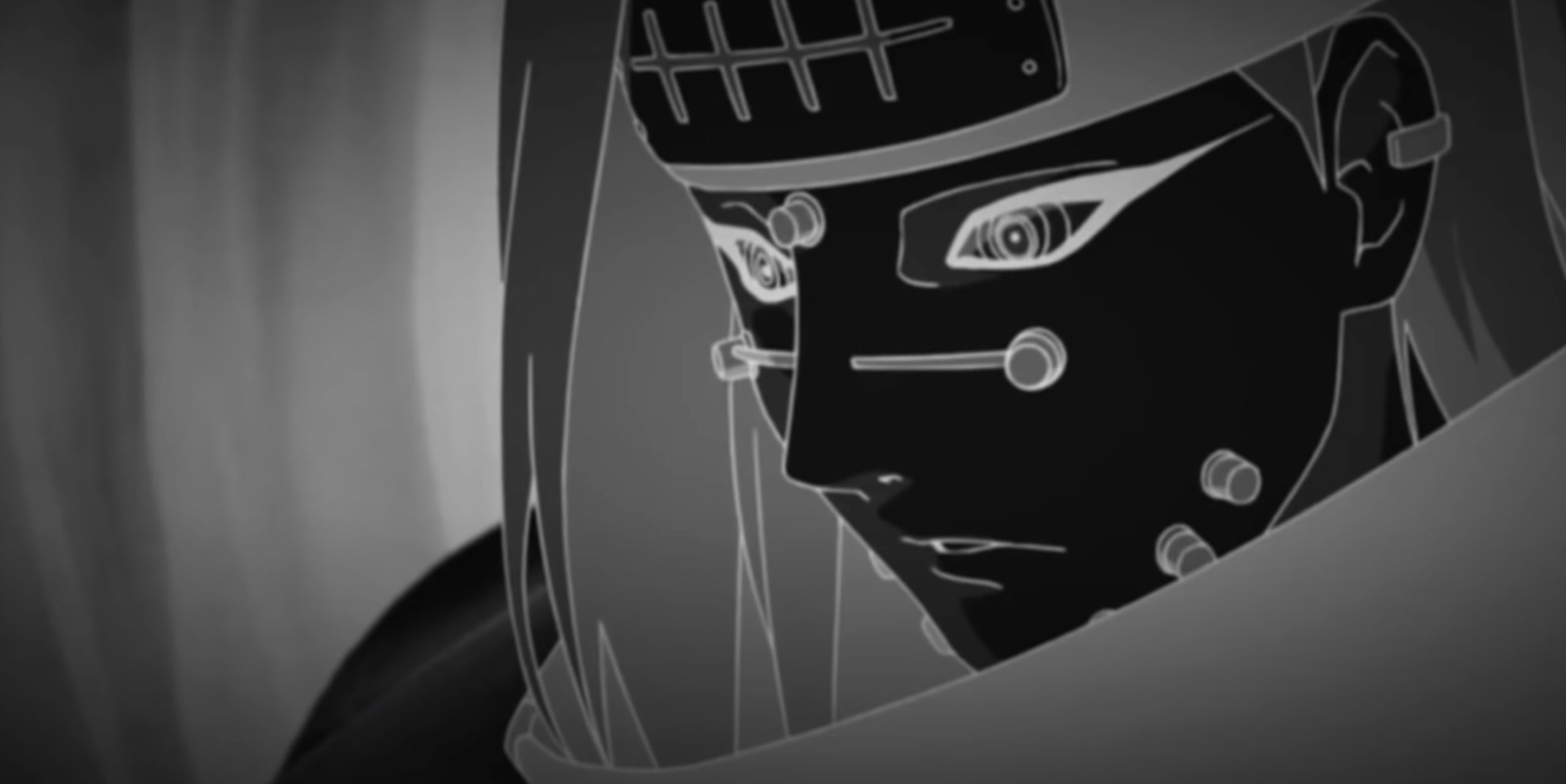
The precise constraints of this mystical art remain shrouded in mystery, complicating the understanding of why Nagato refrained from reviving Jiraiya. Nagato implied that only those who had recently perished could be resurrected, suggesting a temporal limitation:
“I’m still in time… to bring back the people who died since I arrived in the Hidden Leaf.”

Given this assertion, it appears that Jiraiya’s revival was thwarted by the passage of time since his demise. However, this explanation is undermined by Madara Uchiha’s calculated scheme to be resurrected through the same Rinnegan jutsu decades after his death.
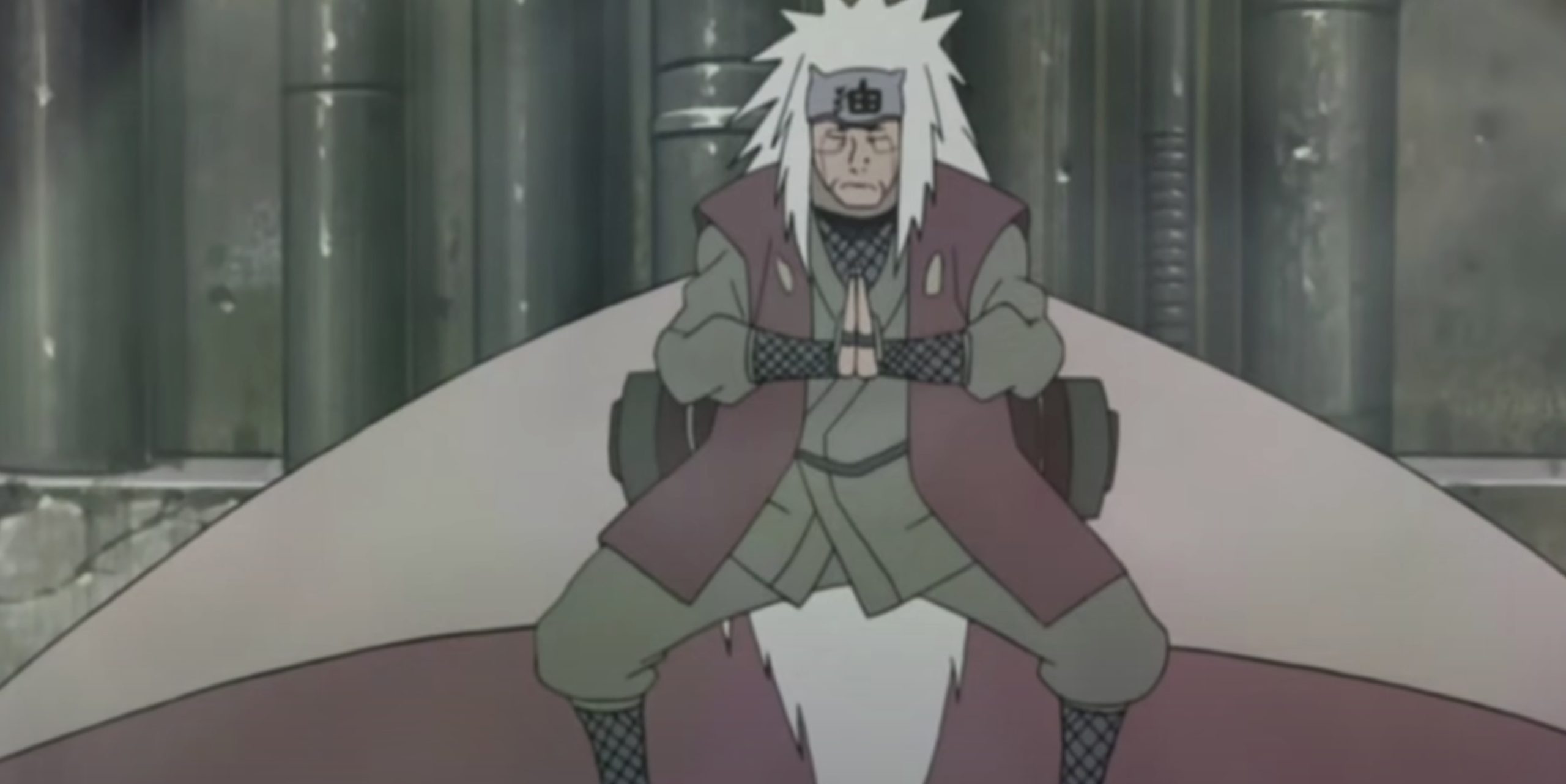
The Samsara of Heavenly Life Technique successfully resurrected Madara despite the temporal disparity. This method functions by reuniting the souls of the deceased with their bodies at the point of death.
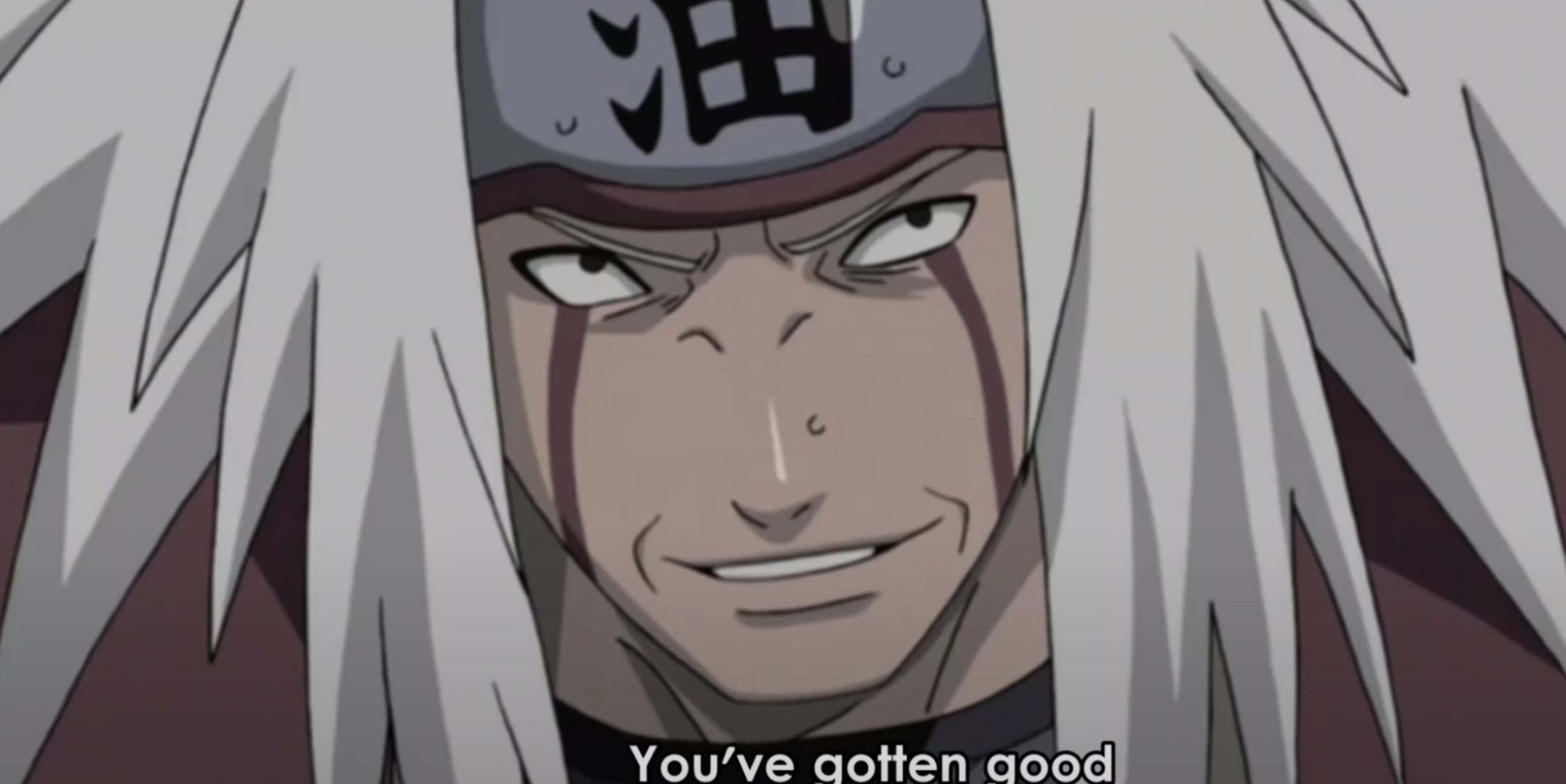
Unlike Madara, whose soul resided within his Edo Tensei vessel, Jiraiya’s corpse had likely undergone decay.
Nonetheless, this shouldn’t have posed an obstacle, as Nagato’s technique demonstrated a capability to magically restore bodies ravaged by fatal injuries during resurrection.
Unyielding Legacy of Jiraiya Sensei
Another plausible rationale for Nagato’s decision not to revive Jiraiya revolves around the potential hazards inherent in his resurrection.

Jiraiya’s body lay submerged in the depths surrounding the Rain Village, presenting a dire predicament as the Samsara of Heavenly Life Technique would resurrect him precisely at that location, condemning him to drown anew.
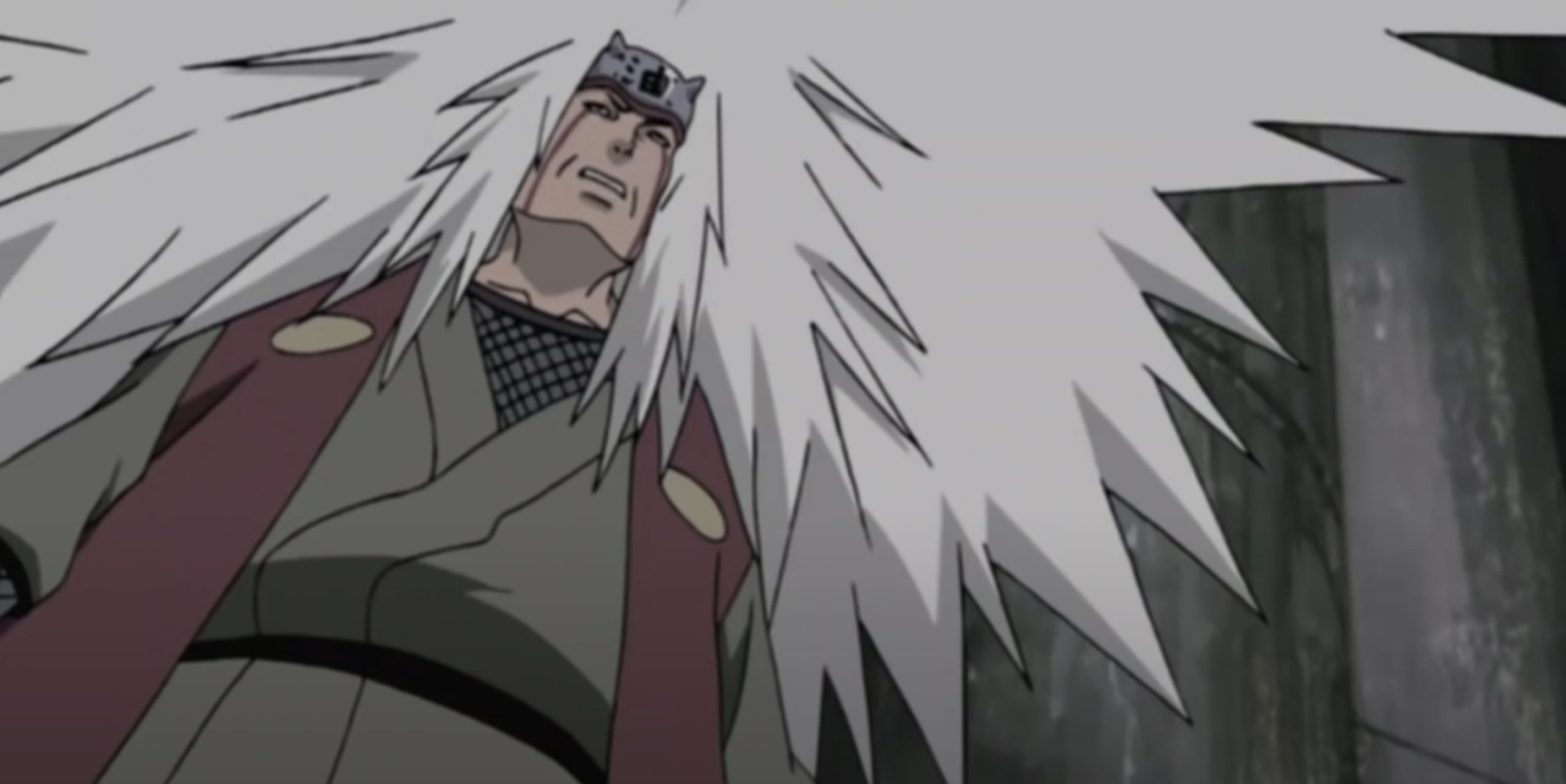
However, this contention crumbles under scrutiny, as Jiraiya possessed a lifeline in the form of the Reverse Summoning Technique. This mystical ability enabled animals bound by summoning contracts to retrieve affiliated ninjas from perilous situations.
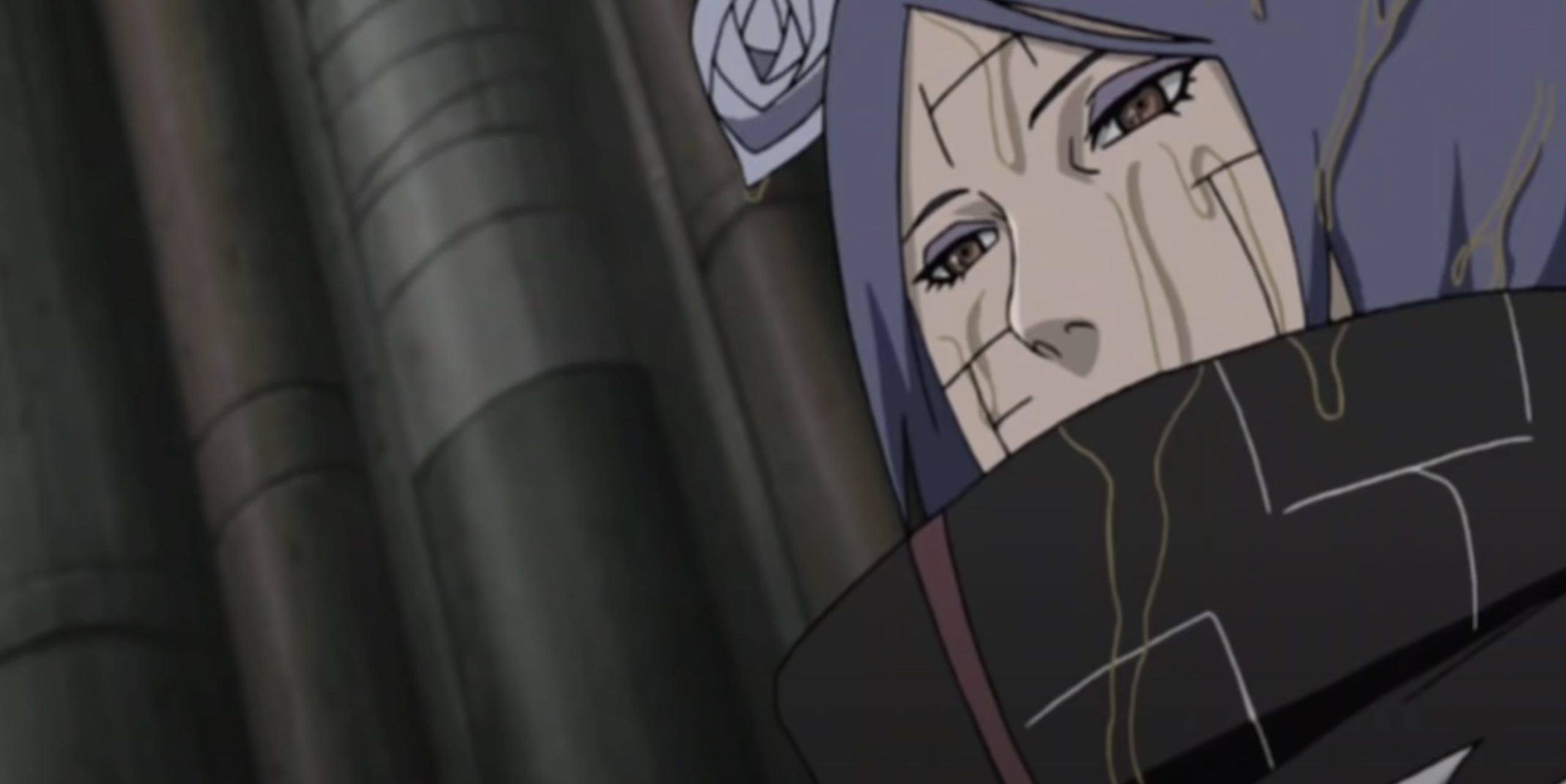
Thus, even if Jiraiya had succumbed to the watery depths, his summoned toads could have whisked him to safety, as they had done for Naruto between Mount Myoboku and the Hidden Leaf Village.
Although the Samsara of Heavenly Life Technique appears unrestricted by temporal constraints, its efficacy may be delimited by spatial boundaries.
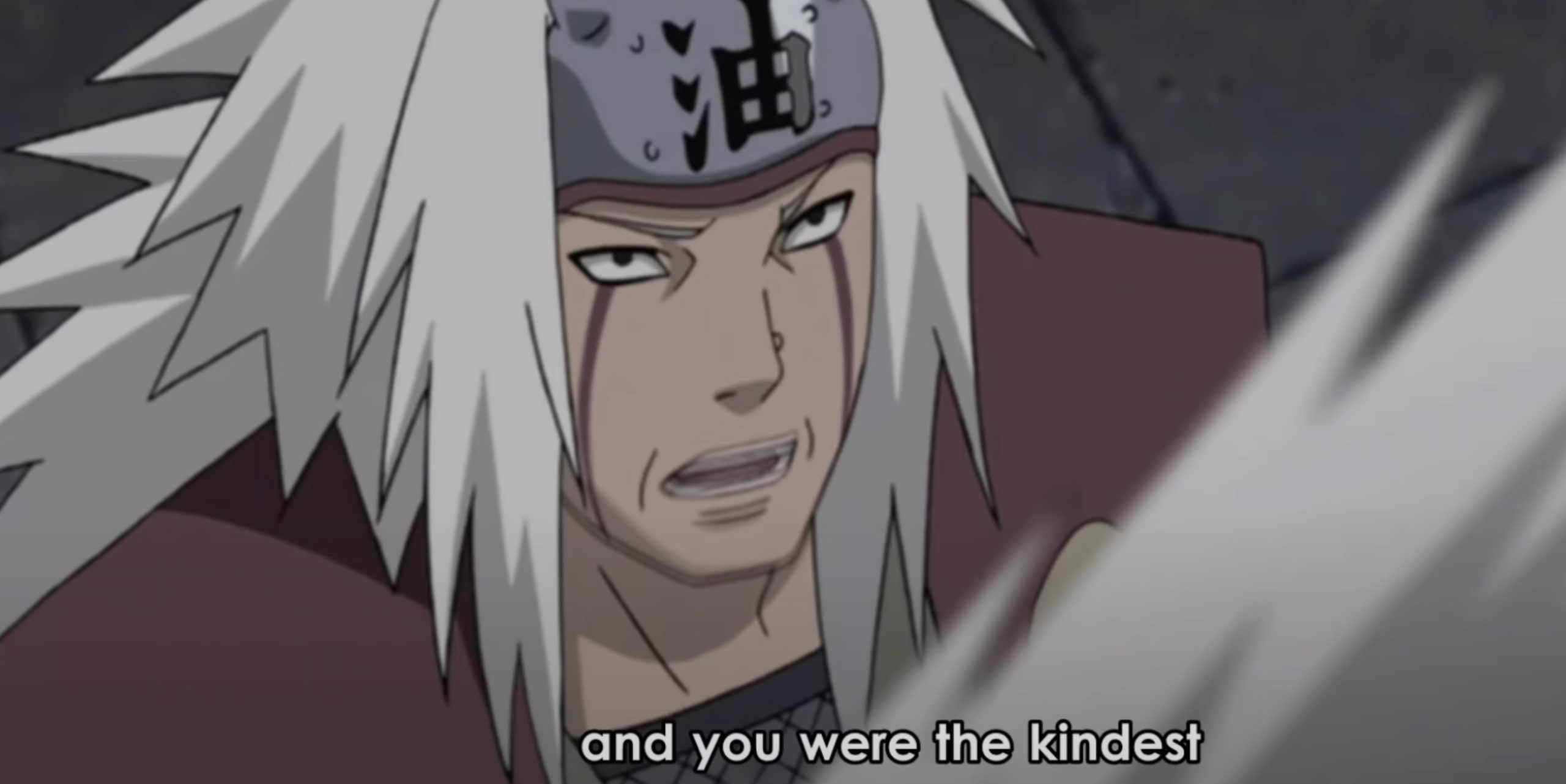
This hypothesis rationalizes Nagato’s inability to revive Jiraiya, whose remains lay distant from the technique’s point of invocation near the Leaf Village.
Moreover, Nagato’s physical and spiritual exhaustion at the time further complicates matters.
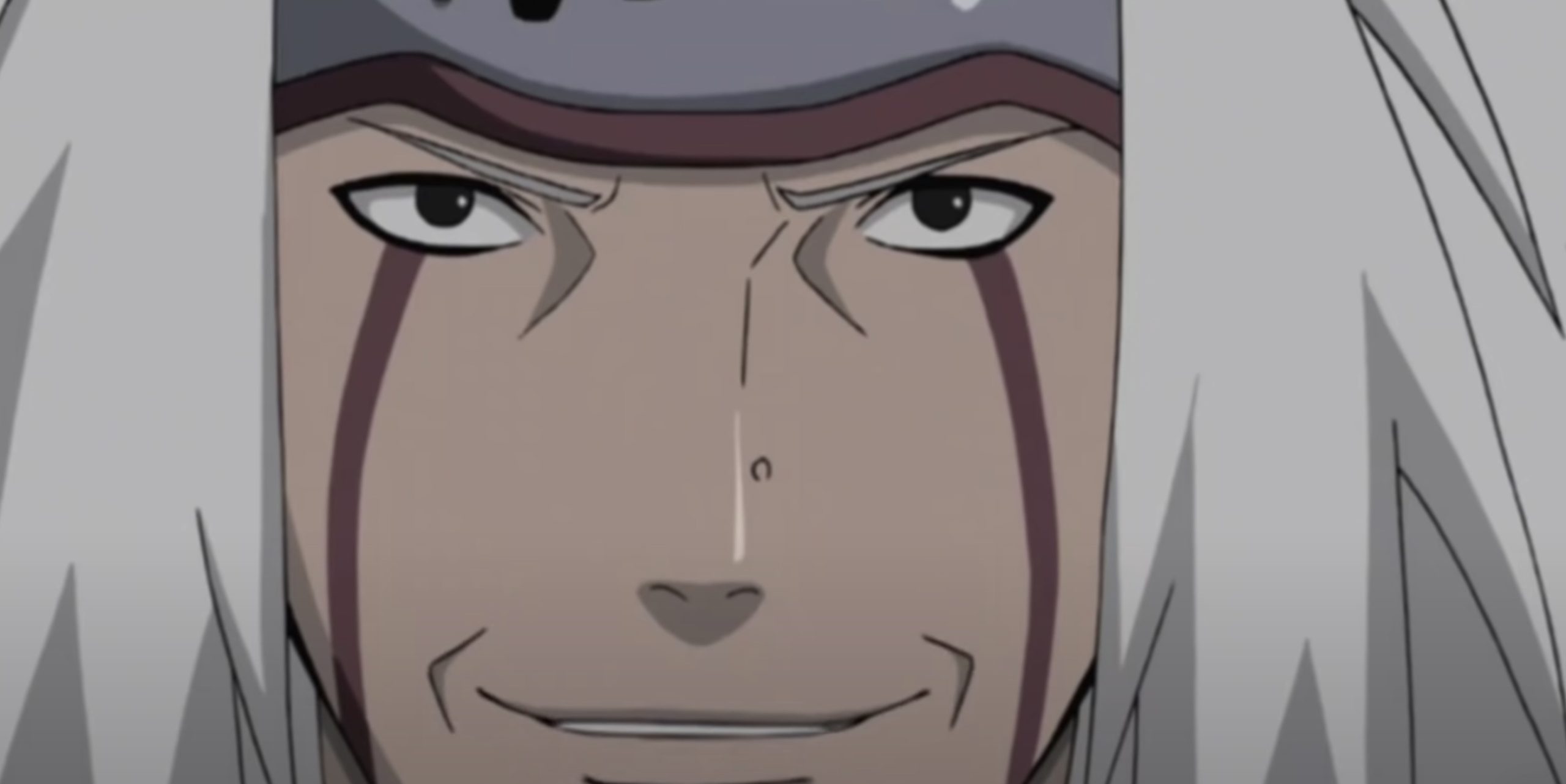
The arduous exertion required to wield the jutsu to the brink of his limits, even causing his hair to bleach white, suggests that Nagato’s capabilities might have been insufficient to extend the technique’s reach to Jiraiya’s remote location.
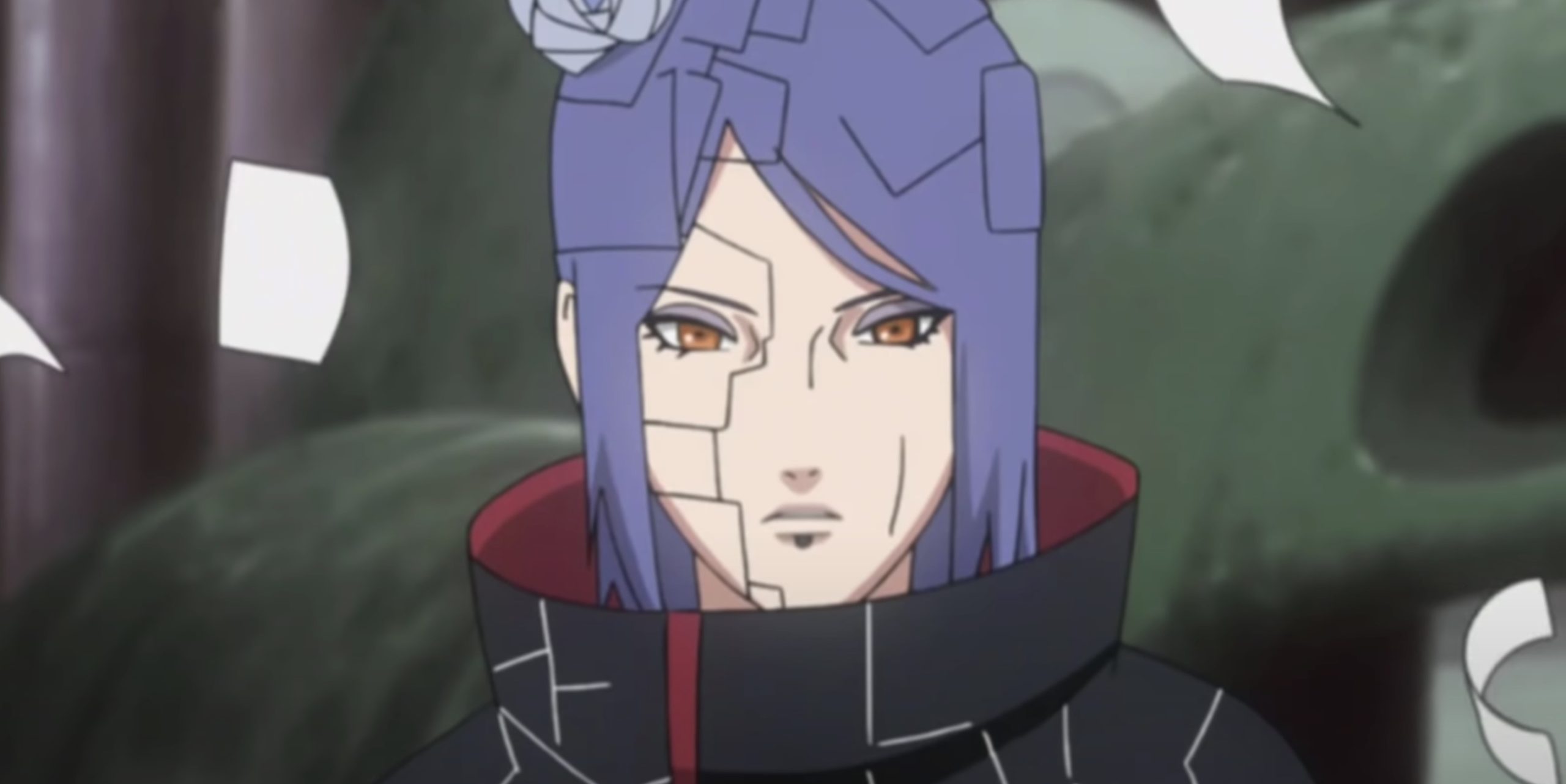
Beyond logistical considerations, a deeper narrative rationale underpins Jiraiya’s irrevocable demise. His tragic death served as a seminal moment in Naruto’s journey, catalyzing profound personal growth and empathy.
Prior to this loss, Naruto had struggled to comprehend Sasuke’s anguish over familial loss. Jiraiya’s passing, however, imbued Naruto with a profound understanding of grief and sacrifice, catalyzing his evolution into a mature and empathetic shinobi.

